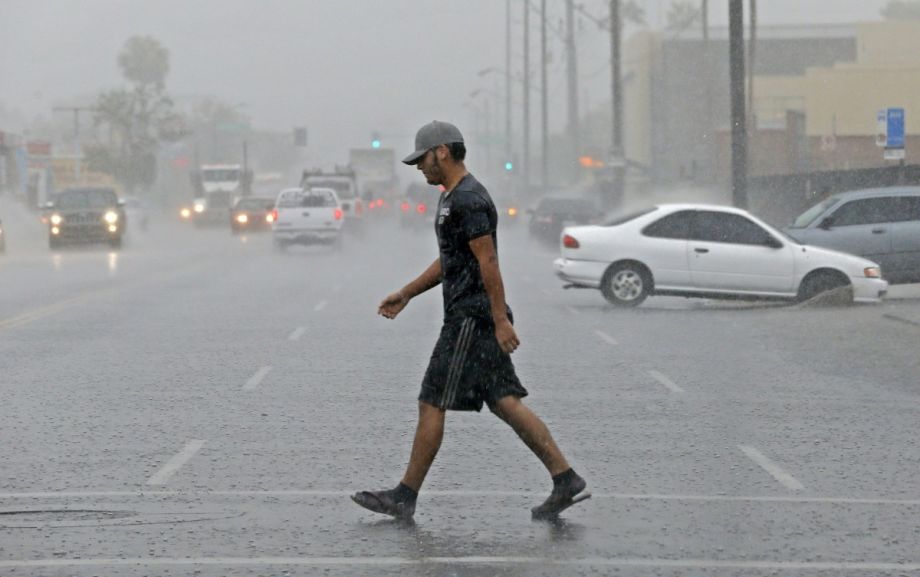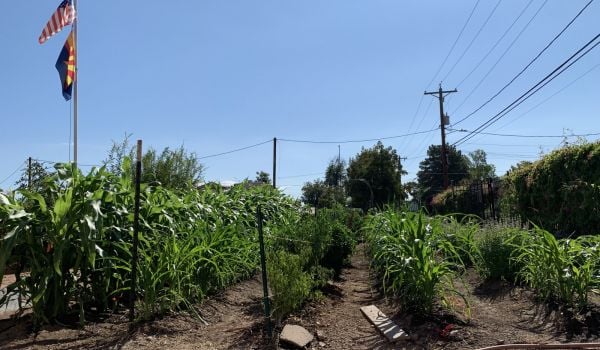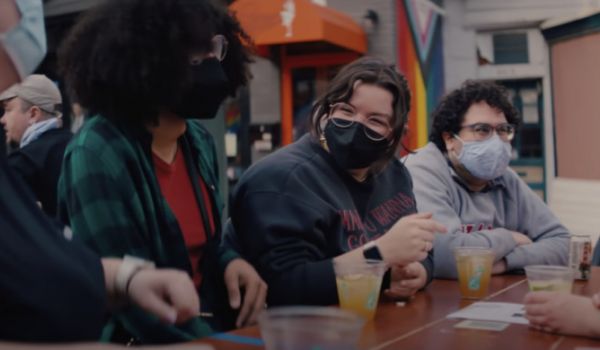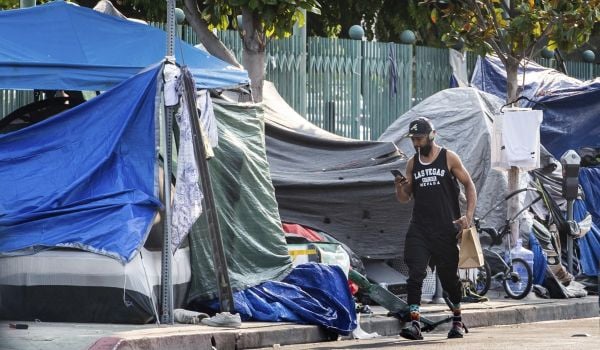Shortly after being named the deadliest state in the country for pedestrians, seven of nine members of a task force created to develop “Complete Streets” design guidelines resigned, AZCentral reports.
In a resignation letter sent May 30, the members expressed frustration that their work “has been maligned by developer lobbyists, disrespected by city staff and dismissed by ill-prepared political bodies.”
The volunteer advisory board was created back in 2014. Board members submitted a Complete Streets policy and a set of design guidelines to the Phoenix city council in August 2015. The council approved the policy in July 2017, but never formally voted on the design guidelines. Approval of the policy “gave the appearance of progress and made for good headlines,” the resignation letter contends. But without the guidelines the policy is toothless, say board members, who also charged that a year of discussions with developer representatives did little but slow the process.
Complete Streets is a nationwide transportation initiative promoting transportation policy and design that emphasizes street safety, mobility, and accessibility.
In a study released by the Governors Highway Safety Association in May, Arizona came in #1 for pedestrian fatalities per 100,000 residents in the first half of 2017, ABC15 reported. The state had 1.61 pedestrian fatalities per 100,000 people, more than double the national average of .81. Based on 2016 data, Maricopa County, which includes Phoenix, had the second-highest number of pedestrian fatalities, second only to Los Angeles County.
Perhaps coincidentally, nearby Tempe, Arizona, which is also in Maricopa County, was the site of the fatal crash in which an autonomous car operated by Uber killed a pedestrian.
A mobility plan separate from the Complete Streets initiative, the Transportation 2050 plan, created to increase transit access, add new bike lanes and sidewalks and improve pedestrian safety, was approved by Phoenix voters in 2015. Some of the Transportation 2050 plan has already been enacted, with the city working to expand light rail and launch a Neighborhood Mobility Improvement Study to increase pedestrian and biker safety in 11 priority neighborhoods, selected for their high bike and bus ridership, low car ownership rates and presence of low-income people, reports ABC15.
Phoenix has also pledged to spend $343 million to add more than 1,000 miles of bike lanes and 135 miles of sidewalk over the next 30 years, AZ Central reports, with 176 miles of bike lane to be added before 2022.
“The highest scoring projects that mean the most to every study area hopefully will become reality for these folks,” Mobility Planner Brian Fellows told ABC15. “And hopefully, it will make them safer and happier.”
The Complete Streets policy will have to wait a little longer. The advisory board had pushed the council to vote on the guidelines in April, overruling the recommendations of city staff, the Phoenix New Times reports. Instead, the council agreed to move up the timeline so the council would vote in May instead of late June.
“We can either wait for more people to die and have a process where pretty much nothing will change, or we can start working on this now,” Leslie Dornfeld, chair of the advisory board before her resignation, told the council in April.
But another delay in May pushed that vote to August “at the earliest,” reports AZ Central. That’s when all but two members of the board resigned.
In a statement provided to AZ Central, Phoenix city spokesman Matthew Heil said that “We have always had the same common goal — to provide safe streets designed to achieve a more sustainable, safe and accessible transportation system for all.”

Rachel Kaufman is Next City's senior editor, responsible for our daily journalism. She was a longtime Next City freelance writer and editor before coming on staff full-time. She has covered transportation, sustainability, science and tech. Her writing has appeared in Inc., National Geographic News, Scientific American and other outlets.
Follow Rachel .(JavaScript must be enabled to view this email address)
















